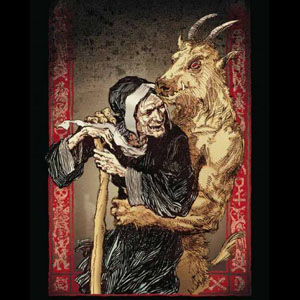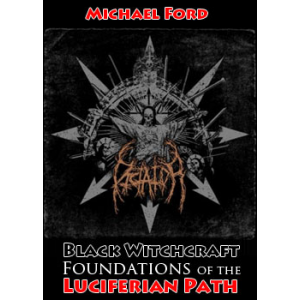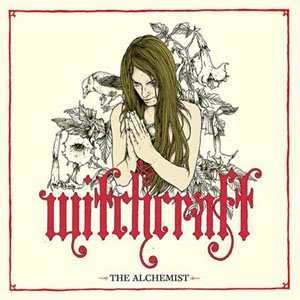 Traditional witchcraft is not Wicca, Neo-Pagan or associated with New Age thought. So what is it? Well, in order to come to a clear understanding, let us look at our Understanding of the words, “Traditional” and “Witchcraft.”
Traditional witchcraft is not Wicca, Neo-Pagan or associated with New Age thought. So what is it? Well, in order to come to a clear understanding, let us look at our Understanding of the words, “Traditional” and “Witchcraft.”
Well, a Tradition, or Trad, is a set of beliefs, practices, and customs that is established and possibly long established and thus inherited into modern times. What does “long established” mean? Some people think that it is an proper Tradition once a student of the Tradition has taught their own student (in other words three generations.) Others are not so sure about this, some think it must be much older. I prefer to think that it is a Tradition when the origin has obscured into history and become myth in a sense. I also like to think that most Traditions do not have a single creator, but rather a combination of innovators that have kept core beliefs alive over many years.
So assuming this is our idea of what a “Tradition” is now we must define Witchcraft. A dictionary might define witchcraft as “the practices of a witch; sorcery; magic” Let us look at the last definition, that pertaining to magic. Magic is at the core of Witchcraft and there are many definitions of magic. But my favorite is “any Extraordinary or mystical influence, a charm, power, etc.” So let us put this all together: “Traditional Witchcraft in Britain is made up of Trads, or Traditions, each one with its own set of strong spiritual beliefs, magical practices, rituals, and customs. Magic is the use of mystical influences in order to produce a desired effect. While a Trad can be contemporary, it is believed that the core beliefs and practices are long established and inherited.
Now that I have defined what a Tradition is let us discuss some of the other names you may encounter when discussing Traditional Witchcraft. The older names are sometimes still used and have their place in conversation, among these are: The Nameless Arte, The Elder Craft, and The Crooked Path. However as language evolves new names begin to be used more, these include: Traditionalism, and The Traditional Craft, the Trad Craft, and even the Craft.
Free eBooks (Can Be Downloaded):
Swain Wodening - Anglo Saxon WitchcraftWalter Scott - Demonology And Witchcraft
John Stearne - A Confirmation And Discovery Of Witchcraft
Michael Bailey - Historical Dictionary Of Witchcraft
Alexander Roberts - A Treatise Of Witchcraft










